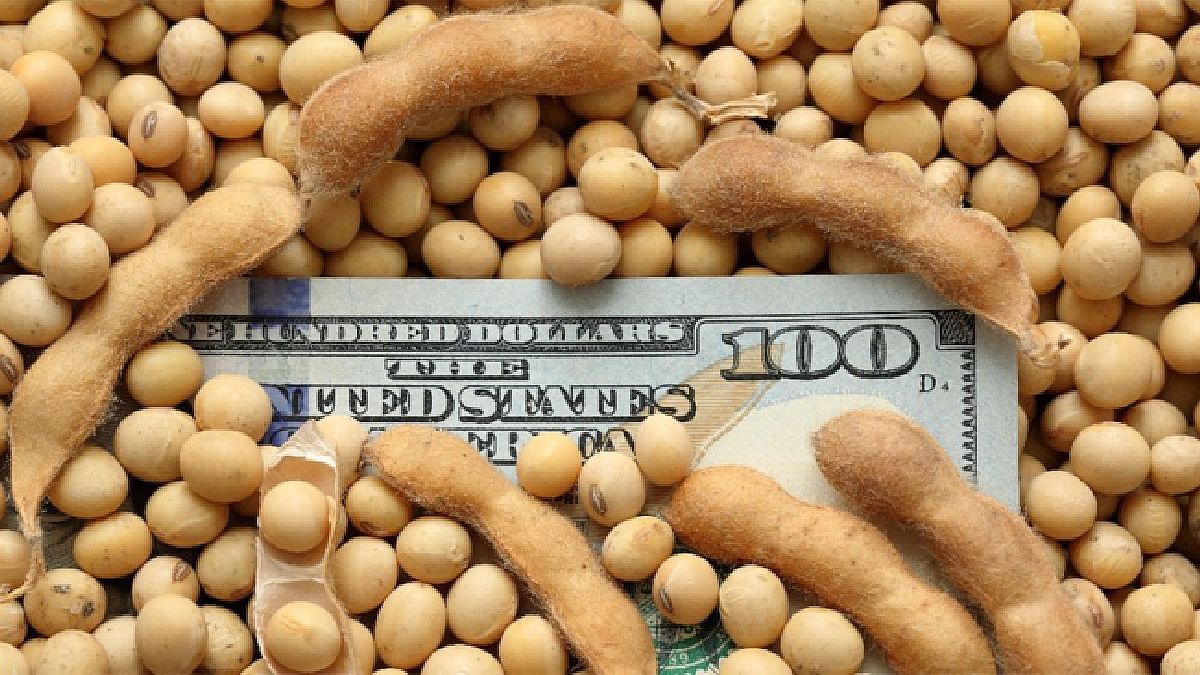According to the Rosario Stock Exchange, the oilseed campaign would barely reach 27 million tons. The worst volume since the 1999/2000 cycle. The first quarter is shaping up to be the one with the lowest income of dollars since 2003.
The foreign exchange settlement of agriculture so far in March accumulates around US$250 million, while the daily average is very far from the historical one. That is why if this trend continues, the first quarter of the year would accumulate the worst inflow of dollars since the return of convertibility in 2003. At the same time, on the productive front there is no good news either, since due to the lack of rainfall and the intense heat field entities continue to cut soybean harvest estimates.
The content you want to access is exclusive to subscribers.
More specifically, the Buenos Aires Grain Exchange cut the estimate for soybean production from 33.5 million to 29 million tons, while that of corn brought it from 41 million to 37.5 million tons. For its part, the Rosario Stock Exchange also raised a projection for the oilseed of barely 27 million tons, which would be the worst campaign for Argentina since the 1999/2000 cycle.


If the last figure is confirmed, the foreign exchange income from the field could be cut by around US$20,000 million from the previous campaign and also the fact to take into account is that the lower availability of soybeans will put the soybean industry in trouble. grinding, which has invested heavily in the last two decades precisely to become one of the most competitive and efficient in the world.
Another key issue that is currently being debated in the productive sector is that oilseed production, beyond the drought, is in sharp decline, something very different from what is happening in other countries in the region, such as Paraguay and Brazil. While Argentina loses thousands of tons, the other countries quickly adapt to new technologies and production trends to add a larger market for a product that continues to have high demand from China and sustained international prices.
In Argentina, the productive sector points out as the main limitation, the cost of export withholdings and the various exchange rates that further complicate the business. Meanwhile, the milling industry also raises the need to improve the grain and this is where, once again, the need to apply more and better technology comes into play, not only in the soil but also with certified seeds. .
With this harsh context, going forward everything suggests that the sale of foreign exchange in the countryside is far from taking off. Beyond the fact that between the end of April and the beginning of May the bulk of the dollars from the soybean and corn harvest would enter, it is expected that the producer who has the financial back to do so will sell what is just unnecessary. The accounts are quite clear, according to private surveys, 70% of the national agricultural production is in the hands of 30% of the producers, that is to say that there are 70% of small and small and medium-sized farmers who contribute only 30% of the grains. that are produced in Argentina. The latter are the most affected and those who will have to sell quickly.
On the other side of the road, the large producers, who are actually the ones who move and produce the bulk of the grain harvest, would sell just enough to meet their financial commitments after the severe drought. Meanwhile, they would keep as much grain as possible, mainly soybeans, as a refuge of value. From there, it will be the Government that will have to define if it implements some type of differential exchange to accelerate the entry of dollars in key months for the economy.
Source: Ambito




